How Long Does It Take to Potty Train a Puppy?
When it comes to welcoming a new puppy into the family, potty training is often one of the first challenges faced by pet parents. The length of time it takes to potty train a puppy can vary based on age, breed, and individual temperament. However, rest assured that with the right approach and consistent effort, your furry friend will eventually learn to do their business in the designated spot.
On average, a puppy can control their bladder for the number of hours corresponding to their age in months up to about nine months to a year. For example, a 2-month-old puppy should be able to hold it for about two hours. As they grow older, this duration increases, allowing them to eventually hold it for up to 6 hours by the age of 4 to 6 months. But remember, every dog is different, and the key to success is patience and persistence.
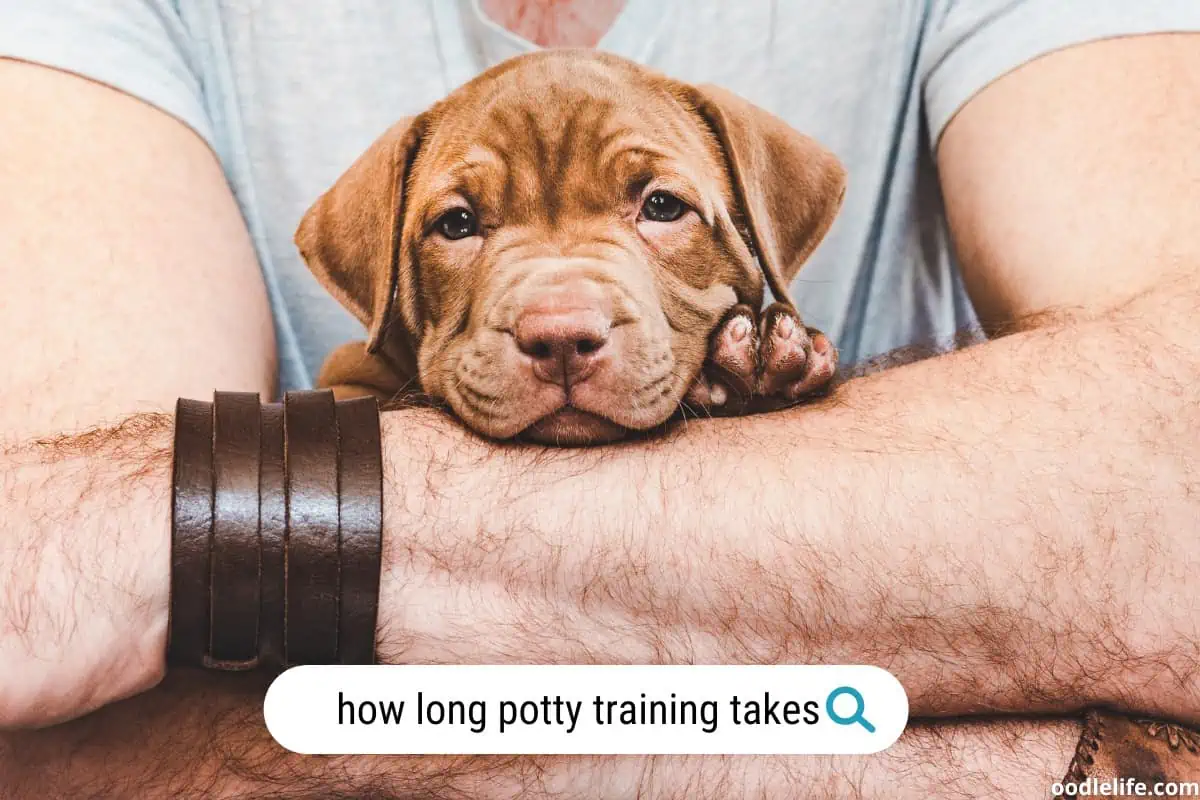
Besides the age factor, other variables such as breed and environment can influence the potty training process. Some breeds, like the Labrador Retriever, may prove to be quick learners, while others might take a little more time to get the hang of things. Fret not, as we explore some helpful tips and tricks to make your puppy’s potty training experience an (almost) breezy one. Just keep your cleaning supplies and sense of humor at the ready!
How Long Potty Training Takes
On average, it takes 4-8 weeks to potty train a puppy aged 2-4 months, while for those aged 4-6 months, it typically takes 2-4 weeks. For puppies aged 6 months or older, potty training can often be completed within 1-2 weeks. However, the duration may vary depending on the individual dog, breed, and training consistency.
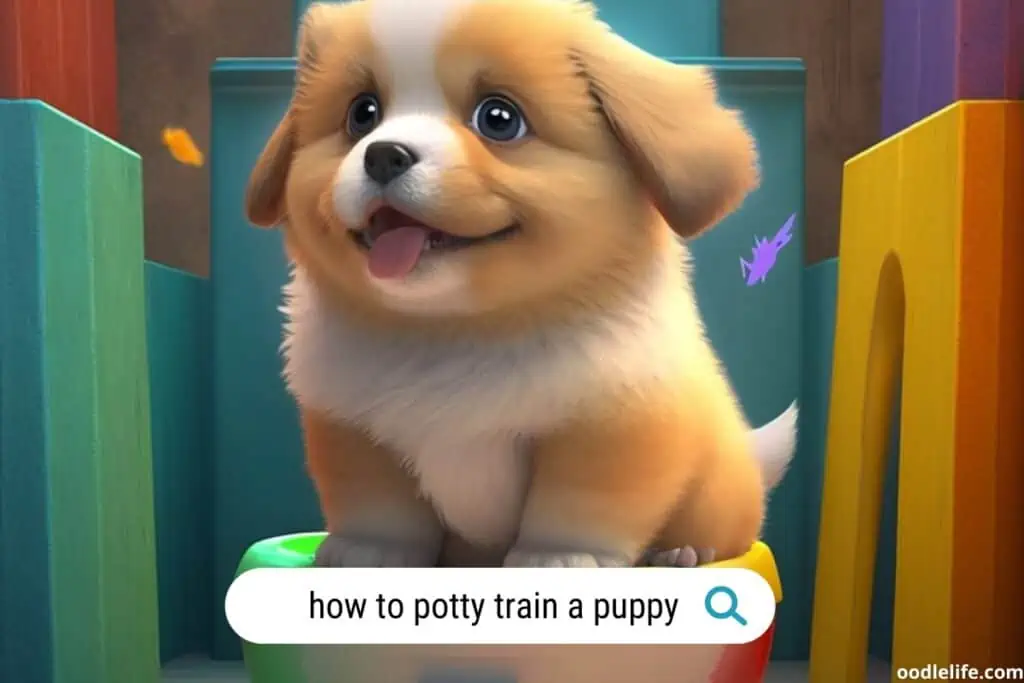
If potty training extends beyond 12 weeks for a 2-4 month-old puppy, 8 weeks for a 4-6 month-old puppy, or 4 weeks for a puppy aged 6 months or older, it may be considered too long. In such cases, it’s advisable to consult a professional dog trainer or veterinarian for guidance and support.
Fundamentals of Potty Training a Puppy
When it comes to potty training a puppy, there are several factors that can influence the time it may take to train them successfully. This section will look at some primary considerations, including the puppy’s age, breed and size, and the importance of consistency and routine in the process.
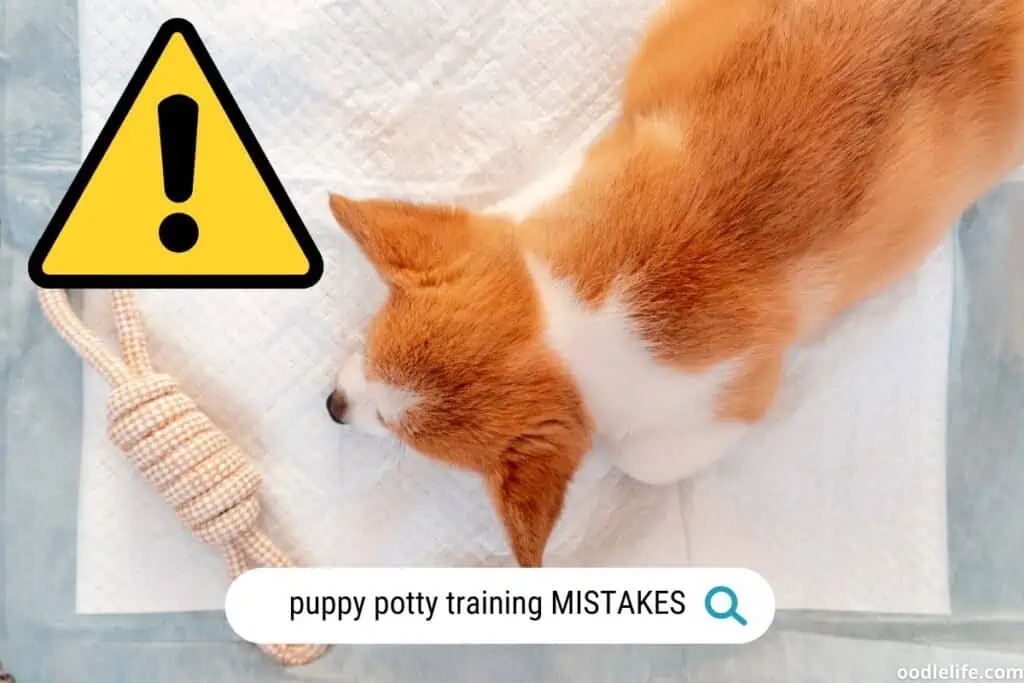
The Puppy’s Age
Typically, a puppy’s ability to control their bladder can be estimated based on their age in months. For example, a two-month-old puppy can generally hold their bladder for about two hours. As the puppy grows older, this duration increases, making potty training more manageable. However, it’s essential to ensure that you’re not expecting your young pup to hold it longer than they physically can.
The Breed and Size Factor
It’s important to note that different breeds and sizes of dogs can have varied potty training timelines. Smaller breeds may take longer to train because their bladders are smaller and may need to be emptied more frequently. On the other hand, larger breeds may learn faster due to their larger bladders, allowing them to hold their bladder for more extended periods. But remember, every dog is unique, and there’s no one-size-fits-all approach for potty training.
Consistency and Routine
One key to successful potty training is maintaining consistency and establishing a routine. Creating a set schedule for meals, walks, playtime, and activities can significantly aid the process. It’s recommended to start with frequent potty breaks at fixed times, such as every half hour to an hour, and gradually increase the intervals as your puppy learns. Using verbal cues, like “let’s go potty” or “do your business,” can also help them associate the action with the command.
Incorporate positive reinforcement by praising and rewarding your puppy when they successfully eliminate outdoors or in the designated area, adding a touch of fun and motivation to the whole experience. Remember, patience is key, as mistakes and accidents are inevitable. Stick to the routine and maintain a sense of humor; you, and your furry companion, will eventually get there!
Essential Potty Training Techniques
Potty training a puppy is not an overnight process, but with patience and consistency, you can help your furry friend learn the ropes. In this section, we will cover essential techniques to make the training journey smoother for both you and your puppy.
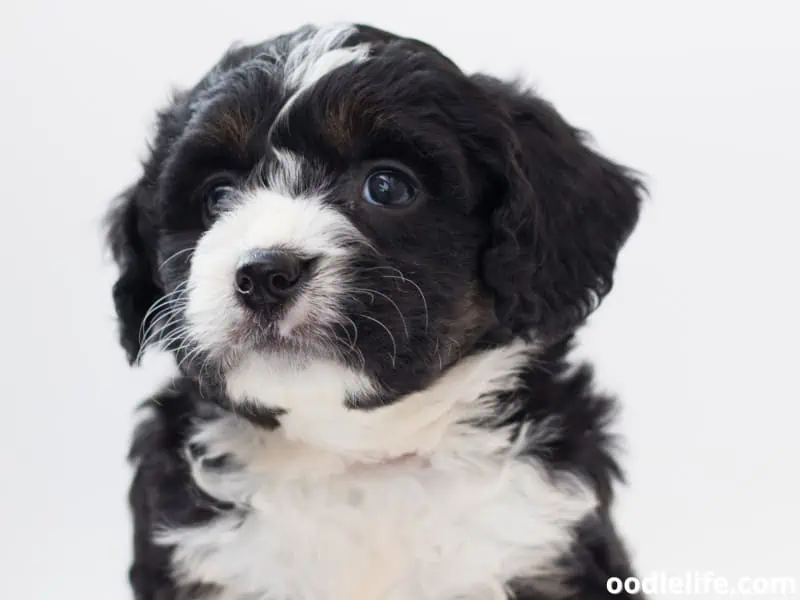
Crate Training
Crate training can be an effective technique in potty training your puppy. Dogs have a natural instinct to keep their den clean, which means they will avoid soiling their sleeping area. Choose a crate that’s just large enough for your puppy to stand up, turn around, and lie down comfortably.
Introduce the crate with positive associations by using treats, praise, or toys. Gradually increase the time your puppy spends in the crate, making sure to let them out for potty breaks, playtime, and meals.
Positive Reinforcement
Praise and reward your puppy whenever they successfully eliminate in the appropriate location. Using treats or verbal praise immediately after the deed helps create a positive association with the behavior, making them more likely to repeat it.
Remember to be patient and avoid scolding or punishing your puppy for accidents. Instead, gently redirect them to the correct spot and reward them for successes.
Supervision and Confinement
Keeping a close eye on your puppy is essential for successful potty training. By observing your puppy’s behavior and noticing signs that they need to go, you can proactively guide them to the designated spot before an accident occurs.
If you’re unable to supervise your puppy constantly, consider using a playpen or baby gates to confine them to a smaller, easy-to-clean area, while still providing them with room to move and play.
Prompting and Timing
Establishing a routine and recognizing key times when your puppy needs to eliminate can help prevent accidents. Take your puppy outside for potty breaks:
- After waking up
- After playing or exercising
- After eating or drinking
- Before bed
Young puppies need more frequent breaks, so start by taking them out every 30 minutes to an hour, gradually increasing the duration based on their age and progress.
With these essential techniques in your training arsenal, you’ll be well on your way to a successfully potty-trained puppy. Remember, consistency and patience are key, and don’t forget to celebrate those small victories along the way!
Expected Potty Training Timeline
Potty training a puppy can vary depending on the individual dog and their learning abilities. To better understand the timeline, we will discuss three types of learners: Fast Learners, Average Progress, and Slow Learners.
Fast Learners
Some puppies are quick learners and can pick up potty training within a few weeks. These dogs may understand the concept and demonstrate consistent success as early as 3 months old. However, even the most gifted pups might have occasional accidents, so it’s essential to be patient and consistent with potty training.
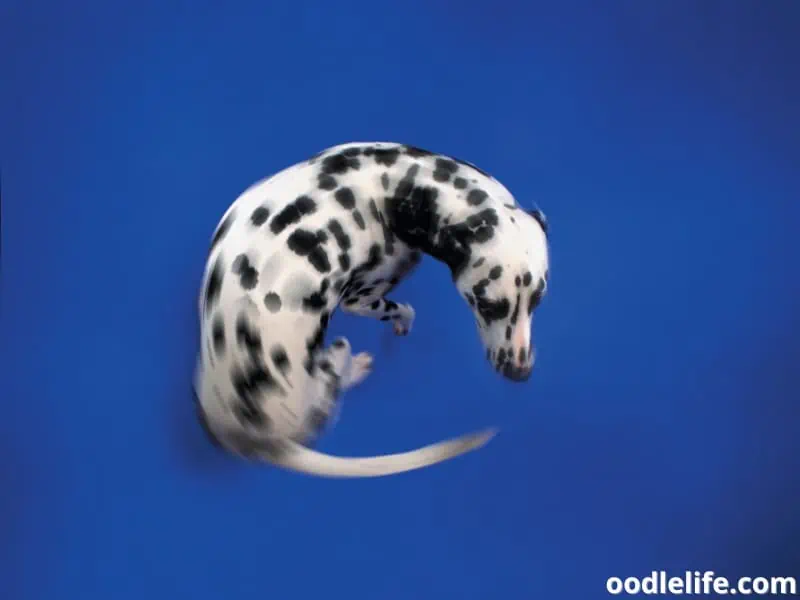
Average Progress
Average learners may take a bit more time and could be successfully potty trained between 4-6 months of age. This timeline is common for many puppies and takes into account the average development of bladder control. Remember that patience and consistency are key, so don’t forget the treats and praise to reinforce good behavior.
Slow Learners
Slow learning puppies might take up to 9 months or even a year to fully grasp potty training. This timeline could be influenced by factors such as breed, individual temperament, or simply the dog’s learning style. In these cases, it is crucial not to punish accidents, as it could slow progress even further. Instead, gently redirect the puppy and maintain a consistent routine.
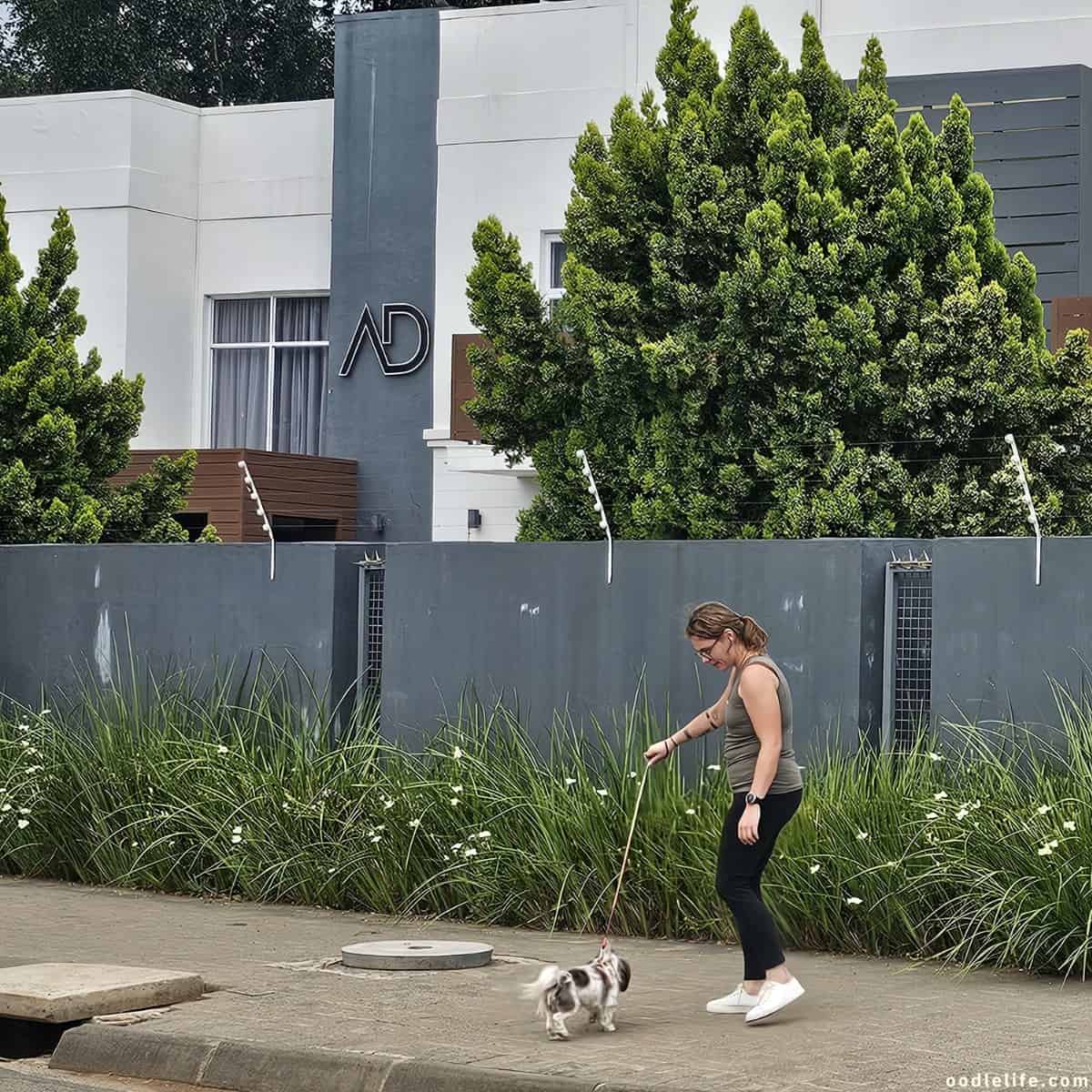
In conclusion, the timeline for potty training a puppy varies depending on the dog and their learning abilities. As a dog parent, it is vital to understand that patience, consistency, and positive reinforcement are essential components of successful potty training.
Common Challenges and Solutions
Potty training a puppy is an essential yet challenging aspect of raising a well-behaved and happy dog. In this section, we’ll tackle some of the most common challenges faced during potty training and offer practical solutions to help your pup achieve success.
Accidents Happen
Accidents are an inevitable part of the potty training process. Puppies, like humans, are still learning and need time to adjust to new routines. Here are some tips for dealing with accidents:
- Be patient and understanding. Puppies need time to learn the rules, so try not to get too frustrated.
- Clean up the mess promptly with an enzymatic cleaner to remove the scent, preventing your pup from being drawn back to the same spot.
- Keep a consistent schedule, as it helps puppies understand when it’s time for a potty break.
- Always reward your pup with praise and treats for successful potty breaks.
Separation Anxiety
Separation anxiety can hinder potty training progress, as anxious puppies may become overwhelmed and have accidents when left alone. Follow these tips to help your puppy overcome separation anxiety:
- Gradually increase the time your puppy spends alone, starting with just a few minutes and working up to longer periods.
- Ensure your pup has a comfortable, quiet space to retreat to when feeling anxious.
- Leave toys and safe chew items to occupy your pup while you’re away.
- Consider crate training, as it can provide a safe and secure space for your puppy.
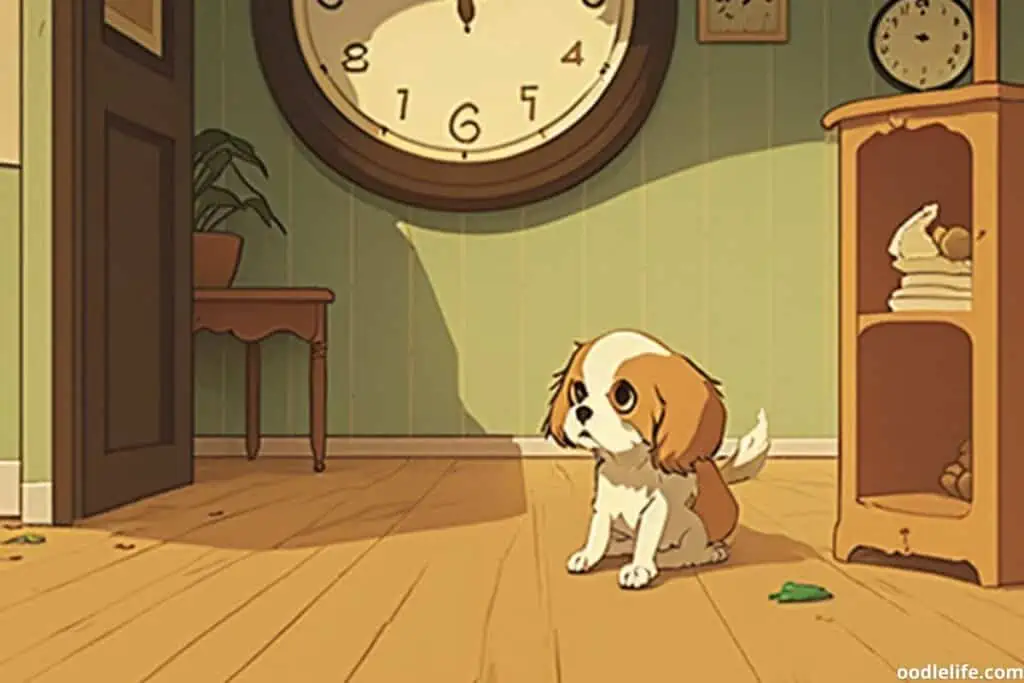
Potty Training Regression
Sometimes, puppies who seemed well on their way to being potty trained may suddenly regress. Don’t panic; this is not uncommon, and there are various reasons this can happen, such as changes in routine, a medical issue, or simply becoming too comfortable with their progress. To address potty training regression, try these tips:
- Re-establish the regular potty schedule and be consistent with your expectations.
- Consult a veterinarian to rule out any potential medical issues.
- Practice patience and remain diligent in rewarding successful potty breaks.
By understanding these common challenges and implementing the suggested solutions, you’ll be well on your way to successfully potty training your puppy and enjoying a happy, mess-free life together.
Conclusion
In conclusion, potty training a puppy can vary in duration, typically taking between 4 to 8 weeks. Puppies gain bladder control with age, allowing them to hold their bladder for more hours as they grow.
Consistency and patience are key when it comes to potty training. By creating a set routine and diligently sticking to it, both you and your furry friend will navigate this phase with ease.
Remember, every pup is unique – some may be quicker learners while others might need a little more time. Just keep your sense of humor, stay persistent, and soon enough, you’ll have a well-trained companion by your side.